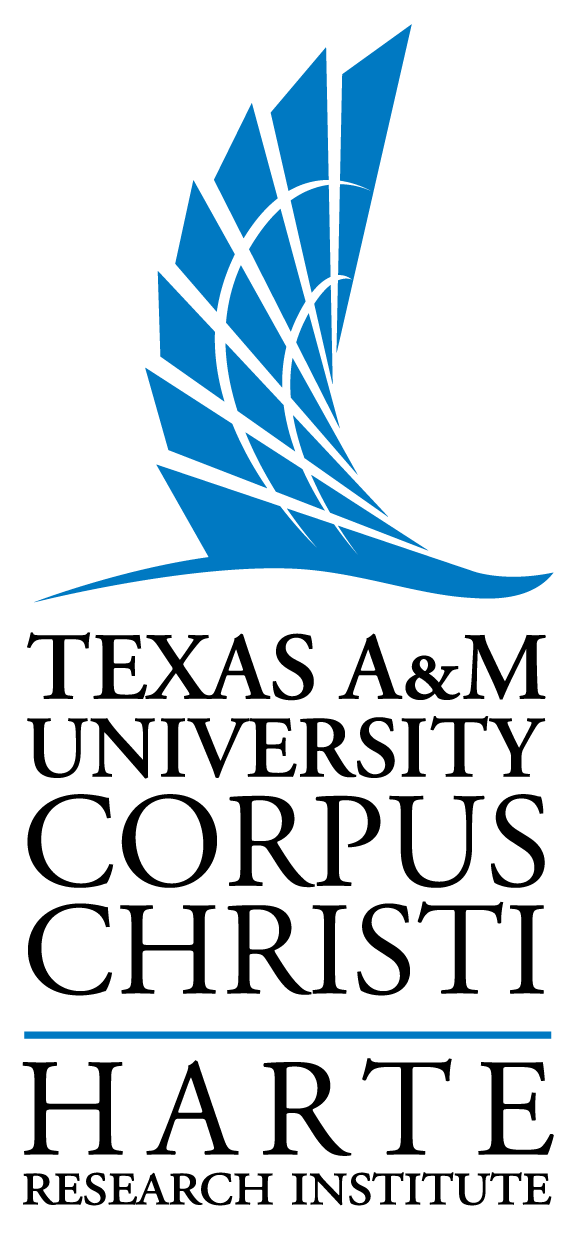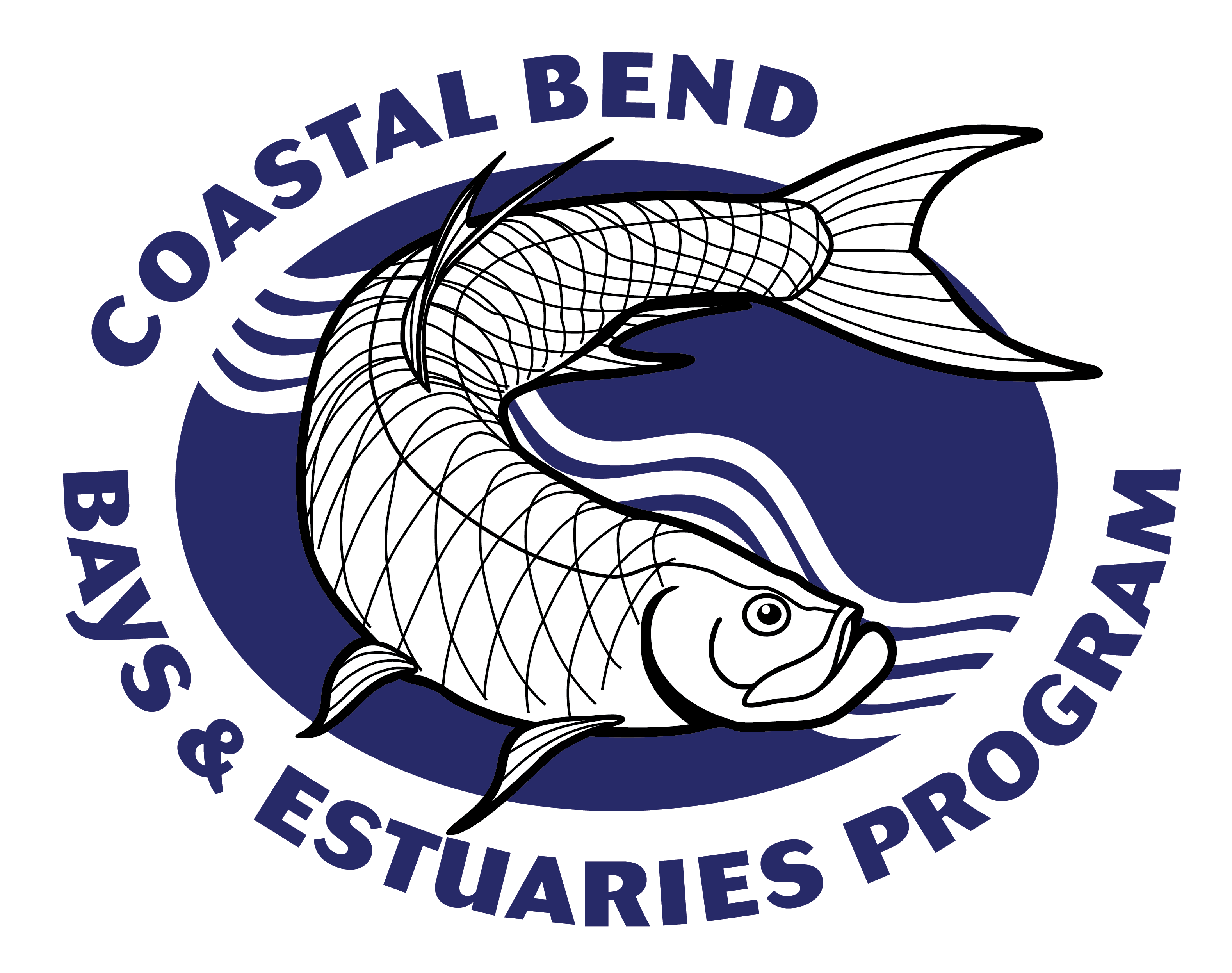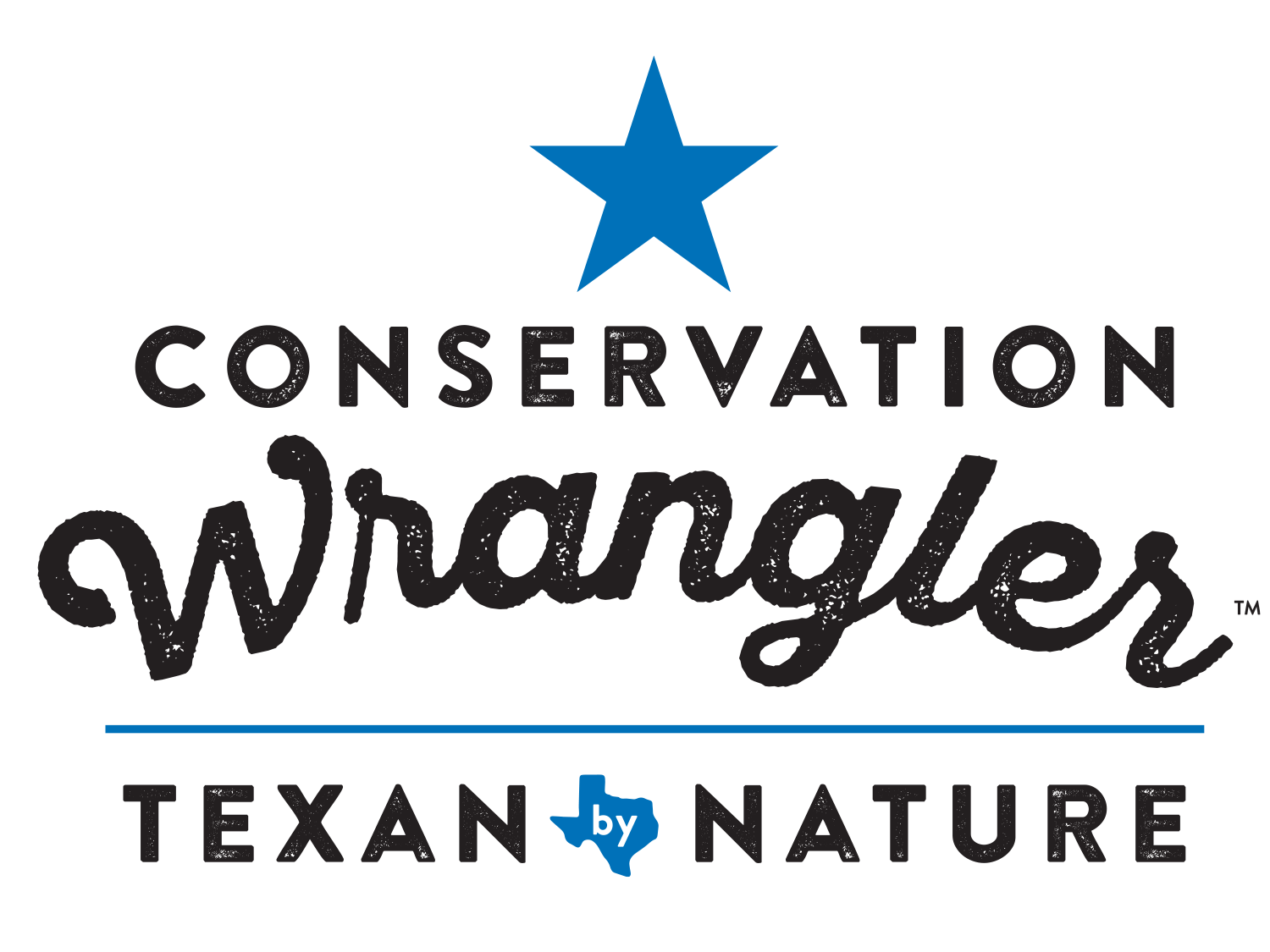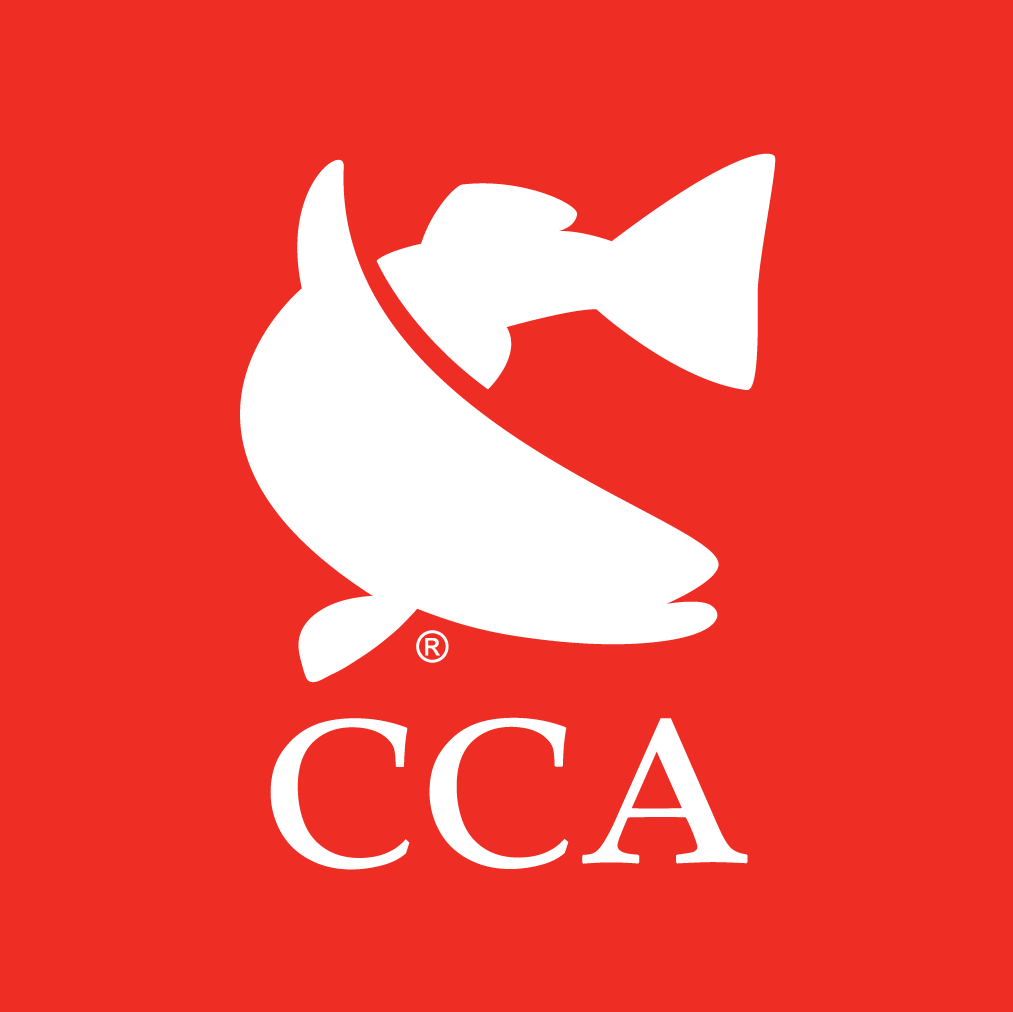
Saving a Texas Treasure
With the right partnerships and resources, Bringing Baffin Back™ will ensure that current and future generations can enjoy the bay and make memories in it.
Dr. Michael Wetz, Bringing Baffin Back
About Baffin Bay
Baffin Bay is a unique and special place. Located behind the world’s longest barrier islands (Padre Island) and in a sparsely populated area, Baffin Bay is one of the last remnants of the “wild” Texas coast. Its salty waters have traditionally supported world-class fishing, with commercial and recreational fishing alone contributing ~$75 million annually to the local economy. It is also home to the famous “rocks of Baffin”, ancient worm reefs that support incredible diversity of life, but which are found in only one other place in the world. Between the fishing opportunities and unique characteristics that make Baffin a go-to location for nature lovers, Baffin Bay has earned the title of “jewel of the Texas coast”.
The Problem
Over the last 3-4 decades, there has been a significant decline in Baffin Bay’s water quality and a deterioration in ecosystem health, with symptoms such as persistent harmful algal blooms (HABs), fish kills, and episodes of apparent starvation of a commercially important fish species (black drum). Anglers, fishing guides, landowners, and bay-dependent businesses have commented that these symptoms are historically unprecedented for Baffin Bay but have been increasing in frequency and intensity in recent years, hurting their ability to make a living.

In 2013, HRI researchers enlisted 18 “citizen scientists” to study the water quality problems in Baffin Bay. They found that Baffin Bay is being subjected to excessive nutrient (nitrogen, phosphorus) pollution coming from its watershed. This nutrient pollution is a key promoter of algal blooms and other symptoms of water quality degradation. Without good water quality, it is difficult for bays such as Baffin to support critical habitat and a healthy fishery.
Learn more about what makes Baffin Bay Special, and how it has changed over time by listening to the stories of long-time anglers, or by viewing an interactive story map here:


Bring Baffin Back
Bringing Baffin Back ™, A Texan by Nature Conservation Wrangler recognized program, was founded in 2022 by HRI and the Coastal Bend Bays and Estuaries Program. It will bring together partners from interdisciplinary backgrounds to first address the watershed sources of pollutants, follow by a rigorous, long-term bay-wide habitat restoration and conservation initiative. The rationale for this approach is simple – the health of Baffin Bay is intricately tied to the health of surrounding lands.

Landowner Resources
Learn more about resources available to you as a landowner that will help you reduce your impact on Baffin Bay. Contact Baffin Bay watershed coordinator for more information.
Up2U is a strategic partnership between the Coastal Bend Bays and Estuaries Program, Nueces River Authority, and Coastal Bend Council of for annual cleanups at existing dump sites 2.) to place free dumpsters at 10 locations twice a year for proper disposal of large materials, and 3.) deliver an education and outreach campaign targeting awareness and reduction of illegal dumping occurring in coastal wetlands.
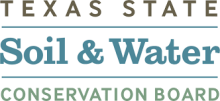
Soil and Water Conservation Districts (SWCDs) work to bring widespread understanding of the needs of soil and water conservation, and to unite public and private efforts to combat soil and water erosion and enhance water quality and quantity.

Poorly functioning septic systems, or on-site sewage facilities (OSSFs) can contribute significant bacteria and nutrient loading into the watershed. The Coastal Bend Bays and Estuaries Program collaborates with the Nueces River Authority to administer free assistance and education addressing systems failing OSSFs in the Coastal Bend. The project aims to address nutrient and bacteria problems in targeted watersheds by inspecting, repairing, and replacing septic systems at no cost to the owner. Pending further funding, applications will be available. For more information, email Javier Ramirez at the button above or call (361) 653-2110
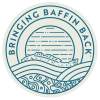
The Baffin Bay Stakeholder Group collaborated with state officials to write a science-based Watershed Protection Plan (WPP), which was reviewed and accepted by the U.S Environmental Protection Agency in March 2023. The WPP outlines a strategy to implement management measures that will reduce nonpoint source pollution into the watershed, and ultimately Baffin Bay. The Baffin Bay Stakeholder Group continues to be involved in implementing the WPP through restoration, outreach, and education efforts in the Bay and watershed.

Use this website to access services provided by the Farm Service Agency, Natural Resources Conservation Service, and the Rural Development agencies. The website will provide the Address of a USDA service center and other Agency offices serving your area, along with information on how to contact them.
Explore this database of Texas-specific conservation practice standards, tools, and planning criteria. Find general resource references, natural and cultural resource information, concerns and planning criteria, conservation practice standards and specifications, and conservation effects. Technical guides are the primary scientific references for NRCS, and contain information about soil, water, air, energy, and animal conservation while acknowledging human considerations. Guides are localized and will vary between geographic areas.
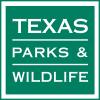
Contact your regional TX Parks & Wildlife Biologist to report fish kills or pollutant spills. Please make note of the: Location, date, and time. If possible, record your observation of the water color, clarity, and smell. approximate number, size, species, and behavior of organism(s) affected, and recent weather conditions.
Get Involved
To join a vibrant stakeholder group that is working to implement Bringing Baffin Back™, contact Baffin Bay Watershed Coordinator, Athena Frasca at via email at the button below or call (361) 825-2129.
To support research, conservation, or education aspects of Bringing Baffin Back™, please consider making a tax-deductible donation.
Frequently Asked Questions
What are the basic characteristics of Baffin Bay?
Baffin Bay is a shallow estuary located ~40 miles south of Corpus Christi. An estuary is a coastal area where freshwater from rivers and streams mixes with saltwater from the ocean, creating a unique and diverse ecosystem. Baffin Bay is considered a reverse estuary, where freshwater evaporates faster than it enters the system, creating a unique environment that is hypersaline, or saltier than normal seawater. Padre Island separates Baffin Bay from the Gulf, leading to limited water exchange, which also contributes to the Bay’s salty environment and unique community. There are three branches of Baffin Bay – Alazan Bay, Cayo del Grullo, and Laguna Salada. While it is not fed by any major rivers, the San Fernando, Santa Gertrudis, Petronila, and Los Olmos creeks flow into the Bay.
What is the source of pollutants to Baffin Bay?
Recent investigations, both completed and ongoing, have indicated a diverse range of pollution sources affecting Baffin Bay. One significant contributor to bacterial and nutrient pollution in the Bay is inadequately treated human sewage. This issue stems from failing wastewater treatment plants and septic tanks. Another source of pollutants is runoff from agricultural fields and urban areas during rainfall. For more detailed information and deeper understanding of sources, please refer to the pollutant Petronila and San Fernando Creeks Watershed Protection Plan.
What is "brown tide"?
“Brown tide” refers to a specific type of microscopic algae, Aureoumbra lagunensis, that initially bloomed in Baffin Bay in 1990. When a brown tide bloom occurs, the color and clarity of the water resembles chocolate milk, preventing light from reaching the Bay’s bottom, ultimately resulting in the death of seagrass. Recent research indicates that nutrient pollution plays a significant role in the proliferation of these brown tide blooms in Baffin Bay.
Would opening Yarborough Pass fix Baffin's water quality?
A previous study suggested that the increase in water exchange and flushing of the Bay during a natural break in Yarborough Pass was minimal. This indicates that that investing funds in opening and maintaining the Pass may not be an effective solution for addressing water quality issues in Baffin Bay.
Wouldn't a tropical storm fix the water quality issues in Baffin Bay?
In an estuary with a healthy watershed, a substantial tropical storm might have the potential to flush the system. However, because its watershed is affected by inadequate sewage treatment, stormwater, and agricultural runoff, Baffin Bay is more likely to see additional pollutants washed in during a storm, exacerbating water quality problems. Over the past decade, there have been several significant flooding events that did not consistently lead to improved water quality.
Are the water quality problems in Baffin Bay just part of a natural cycle?
There have been several attempts to look at past cycles of algal bloom activity in Baffin Bay by collecting sediment cores and looking for algal indicators. The most recent (Besonen et al. 2016) found that one indicator of algal biomass began to slowly increase in the 1800’s as land clearing occurred around the bay but increased more sharply in recent decades, likely due to growing pollution coming from lands around the bay. Within this trend is shorter-term variability tied to weather events.
Partners
All logos, illustrations, and designs related to the Bringing Baffin BackTM initiative are copyright of the Harte Research Institute and are not to be reproduced without written permission.

